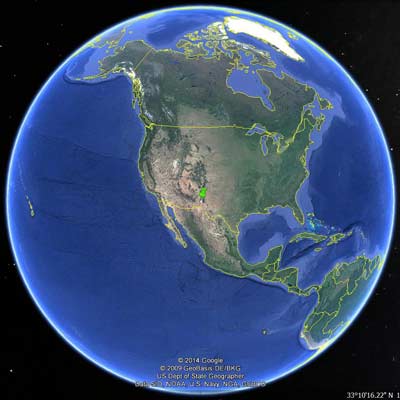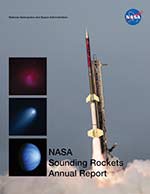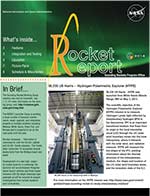
36.332 NS MCKENZIE/NASA MARSHALL SPACE FLIGHT CENTER
Chromospheric Lyman-Alpha Spectro Polarimeter (CLASP)-2
- Mission
- Vehicle
- Launch
- Photos
The aim of CLASP-2 is the detection of linear polarization (Hanle
effect) of the Mg II h & k lines from the solar chromosphere, due to scattering and magnetic effects, and the detection of the circular polarization due to magnetic effects. The Hanle effect (i.e. the magnetic field induced modification of the linear polarization due to scattering processes in spectral lines) is believed to be a powerful tool for measuring the magnetic field in the upper chromosphere. The wavelength range of CLASP-2 is 279.9 nm +/-
0.45 nm.
The Principal Investigator is Dr. McKenzie/NASA Marshall Space Flight Center.
*http://adsabs.harvard.edu/abs/2011AGUFM.P14C..05K
For an overview of solar sounding rocket instruments developed jointly by NASA Marshall Space Flight Center and the University of Alabama in Huntsville, see: http://ntrs.nasa.gov/archive/nasa/casi.ntrs.nasa.gov/20140011665.pdf.
More information on CLASP-2: https://www.nasa.gov/centers/marshall/news/news/releases/2019/clasp-2-extreme-rocket-science-in-the-desert.html
The Black Brant 9 is a two stage sounding rocket with a Terrier first stage and Black Brant second stage. The Black Brant 9 can reach altitudes of about 600 km. Payloads weighing from 400 to 1200 pounds can be flown.

The CLASP mission was launched from White Sands Missile Range, New Mexico on April 11, 2019.


